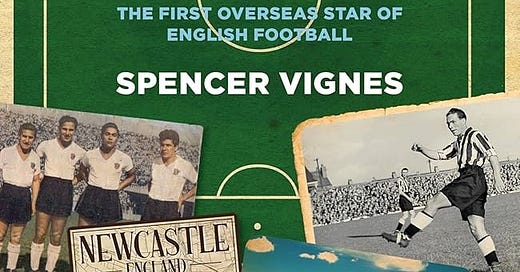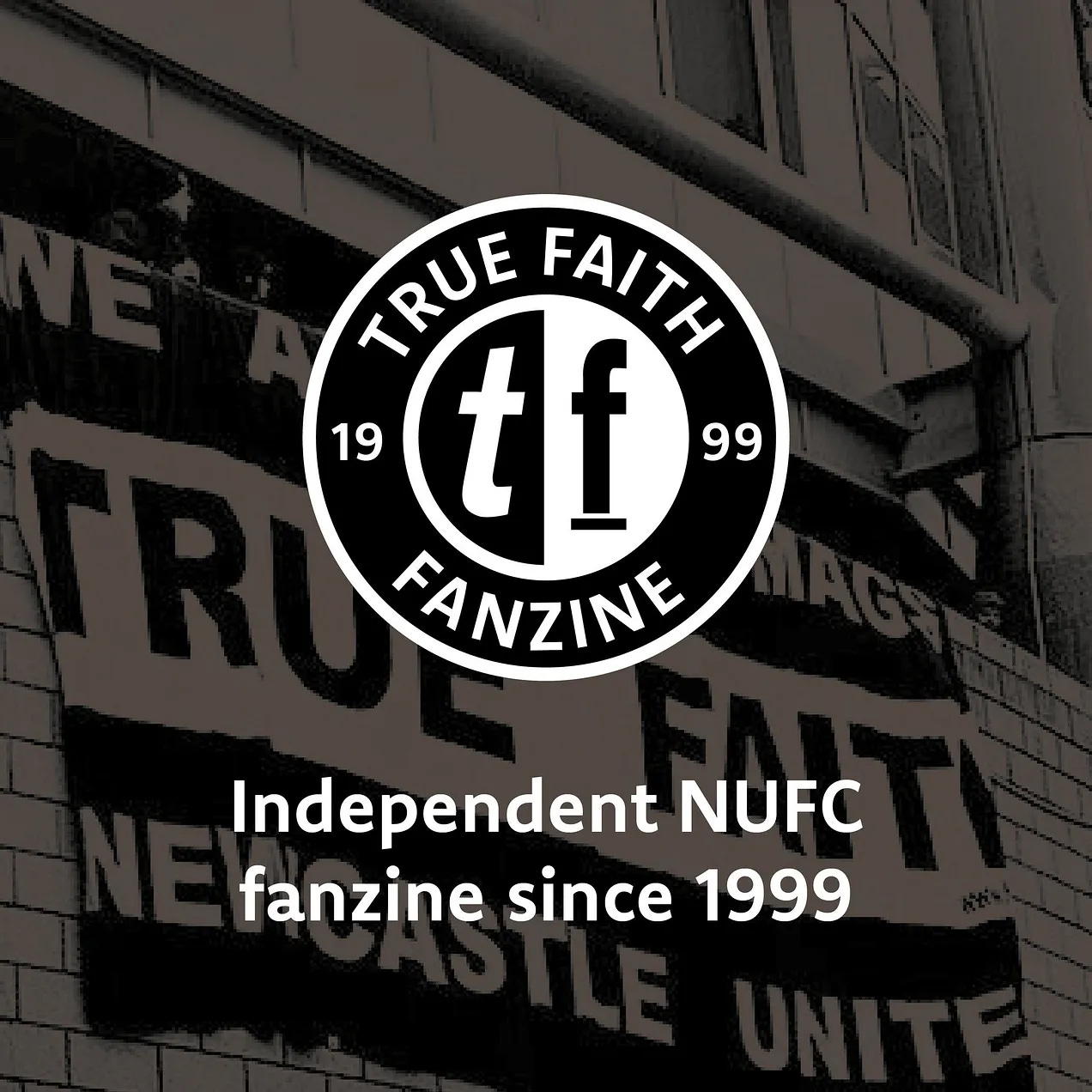Asked to name players from the 50s Cup sides, most fans of a certain age would be able to correctly guess the majority of players in the squad. Jackie Milburn comes to mind immediately, but the roles of various others such as Ronnie Simpson, Frank Brennan, Charlie Crowe etc are all different. For the first two finals there were a number of players who took on different roles, though the vast majority of players were the same. However, the 1951 FA Cup final is famous for one other reason: it is the first to feature a South American player, and the ‘52 final featured two.
George Robledo was born in Chile to an English mother and Chilean father - they were working together in the office of an American owned copper mine. His journey from there, through Yorkshire, to be the goal scoring hero of the 1952 FA Cup final is an interesting one. Spencer Vignes picked up the thread of the story having been asked about overseas players and their goalscoring feats in the English top flight.
In my own supporting life I’ve seen Quinn, Kelly, Cole, Sir Les, Shearer and Isak make the role of Newcastle striker and goals revolve around them. Most did so wearing the number nine shirt and it is something we are uniquely proud of. Whenever I spoke to my older relatives, the name Len White would come out a lot regarding that side and my grandfather spoke of his father regaling him that neither White nor Milburn were in the same realm as wee Hughie Gallagher. We are good at history, legend, and folklore.
However, the tale of George Robledo was one I actually knew very little about. His brother Ted I remember being part of his transfer, as well as his strange disappearance off a boat – though the fact that they were the first South Americans to play for us is often overshadowed. Mirandinha often gets the headlines as the first Brazilian to play in England, yet that was almost forty years later. In fact, as the book reveals, it would be almost thirty years after George and Ted before two other South Americans played in the FA Cup final – Spurs Argentinian duo Ricky Villa and Ossie Ardiles.
There are lots of stories from his daughter Elizabeth who is obviously able to provide more depth around her dad and his life as she knew him. As a lot of her knowledge is of his life once returning to Chile, the years he spent with his family living in Fenham are explored through local people who knew the family. Some of them went out to stay with the Robledos in various addresses whilst they moved round Chile. As well, there is an insight into the decisions that had to be made by the 1950s player, that would never have to be made by the modern player.
Vignes pulls no punches in discussing the damage that George or Jorge did to his career and his body through part of his lifestyle. The role he plays in Chilean life, particularly football and also around the 1962 World Cup, is also well covered and looks into the role that he played for the wider society, particularly when playing and almost scoring against England in the 1950 World Cup. The same group where England lost to the USA in the second game.
However, what I think is most interesting is actually how little was known about Robledo and his life bar those few years in Newcastle. It is only natural that certain players would be linked with events, Dan Burn will have that Carabo Cup final forever. Yet, in 1952 the FA Cup was possibly only won due to fortuitous circumstances on the day and that is covered excellently in the chapter ‘A Day in the Life’. His departure from the club, like so many of those 50s heroes not called Harvey or Milburn, was controversial and clearly there was a certain level of acrimony between boardroom and dressing room. The notorious Stan Seymour, Mr Newcastle, once again gains a contrasting reputation in the book.
This is though extremely thorough in reviewing the life and times of a surprisingly forgotten part of probably one of the greatest periods of our club in history. The FA Cup in the 1950s was treated like the Champions League would be now. People were welcoming our boys and dying to see them on stations up and down the East Coast line – including Sunderland and Hartlepool. The times have certainly changed.
I’d recommend this book to anyone who wants to learn more about the first South American superstar to play in England, the Agüero of his day. Whilst the proliferation of nationalities to have appeared for Newcastle continues to grow - Clarence Acuña another Chilean joining at the turn of the century - these were so rare that the story of George as well as Ted should be more widely known, if only for the fact that their human stories are as captivating as their football ones.
Book launches are taking place in both Newcastle and London for the book, with both Spencer and Elizabeth (George’s daughter) due to be in attendance. In Newcastle it is the 6th May at the Back Page on St Andrew’s St from 12.30pm and in London on the 13th May at the Chilean Embassy, Old Queen Street starting at 6.30pm.
Stephen Ord @smord84





I have a copy and it's an excellent read. I recommend it to anyone who supports Newcastle United and enjoys learning about the club's history. One of his team mates, Frank Brennan, was a good friend of my parents and was my sponsor at confirmation in 1959.
I visited Santiago last November & our Uber driver one night on hearing we were Newcastle fans claimed he was Georges grandson. Was a very short journey & around 2am after a canny session so my recollection is hazy so we didn’t get a chance to have a proper crack with him but seemed to have good knowledge of NUFC